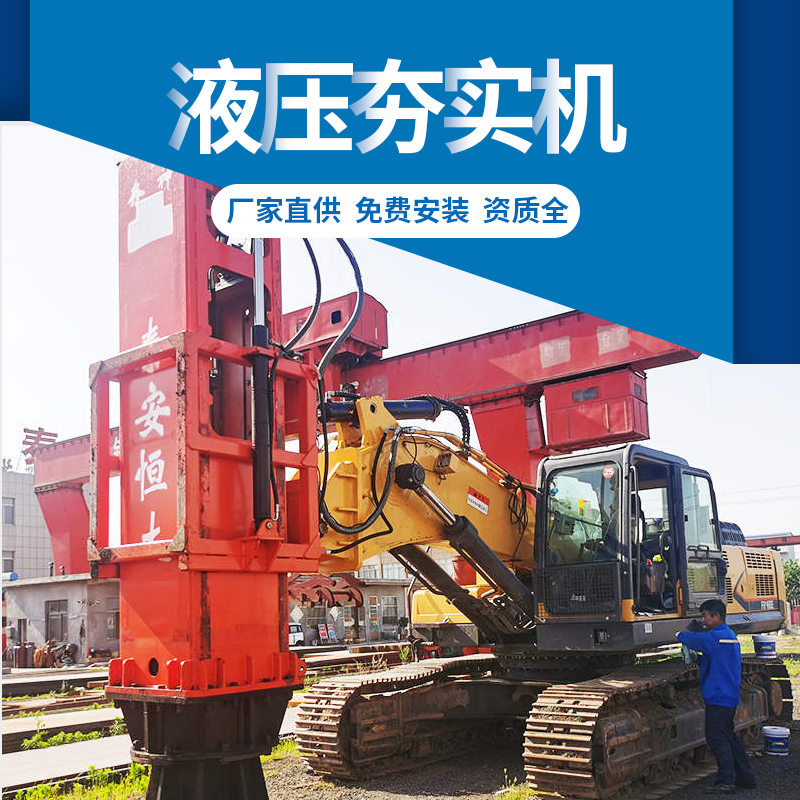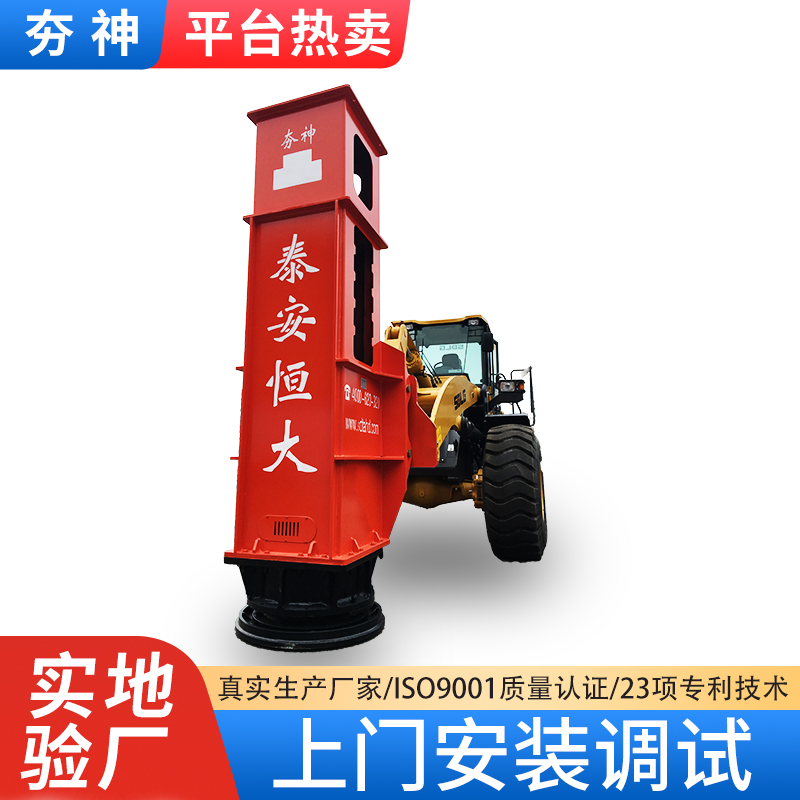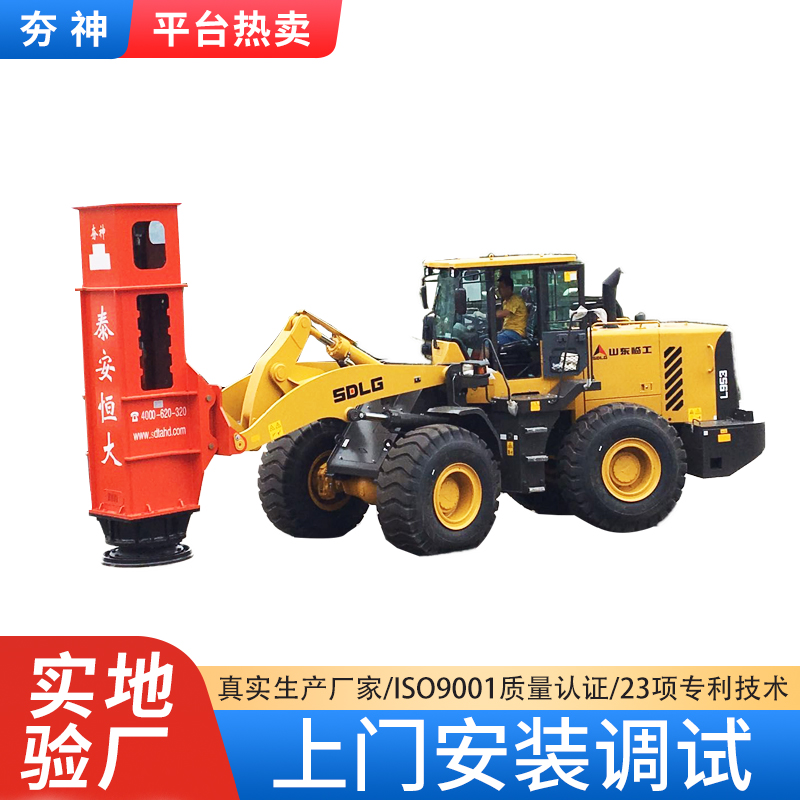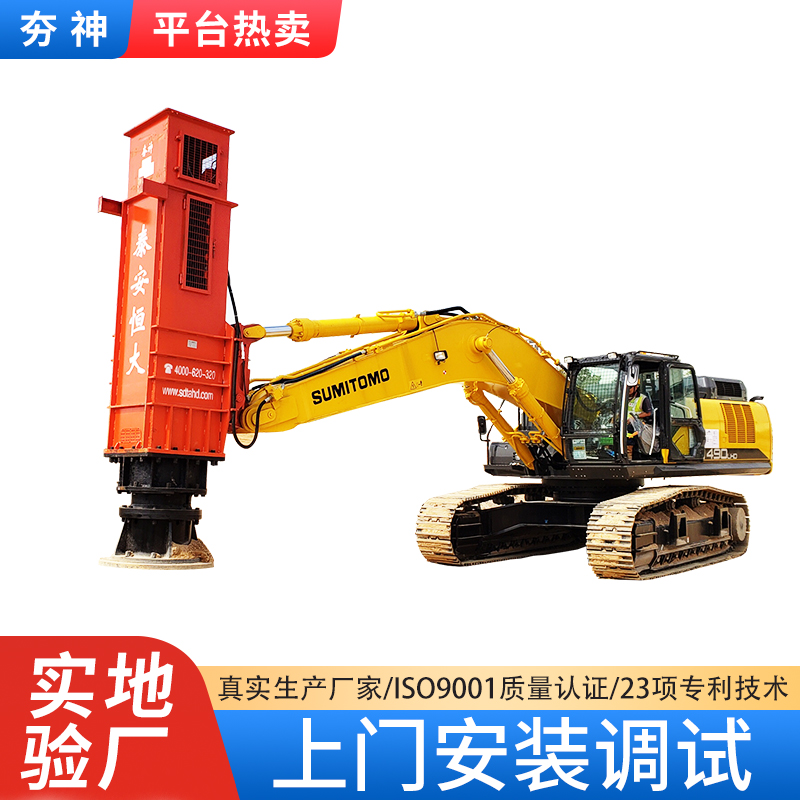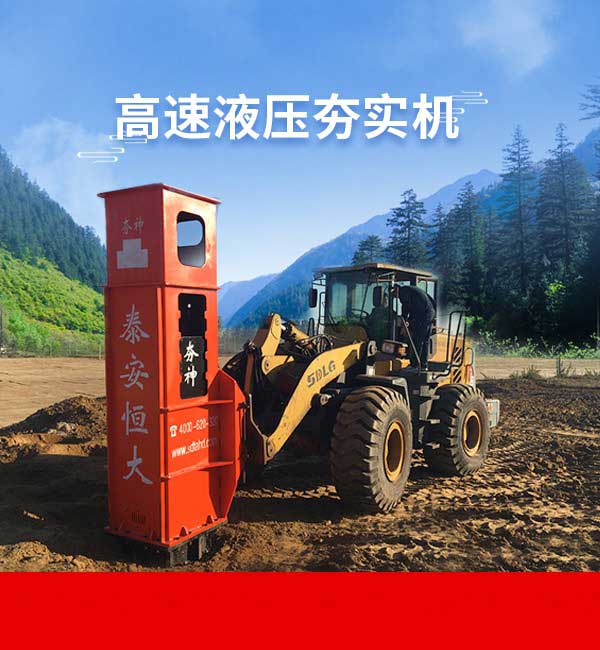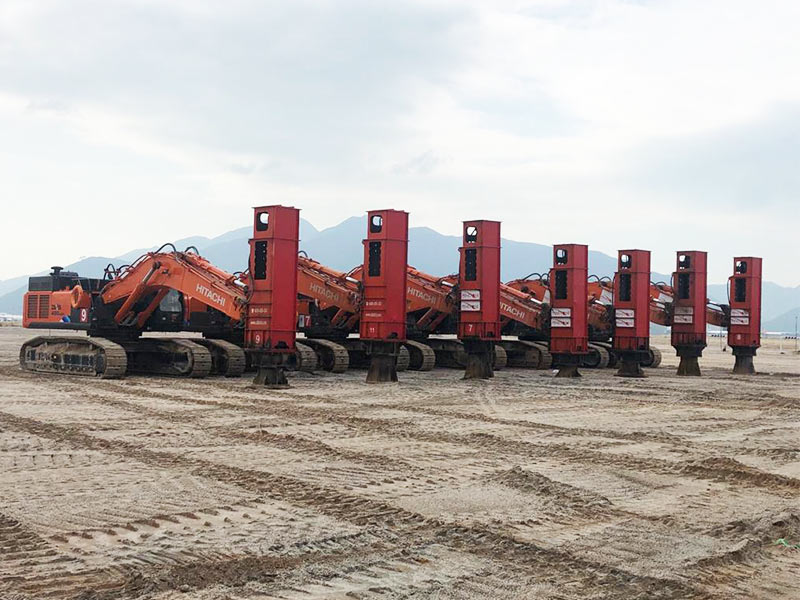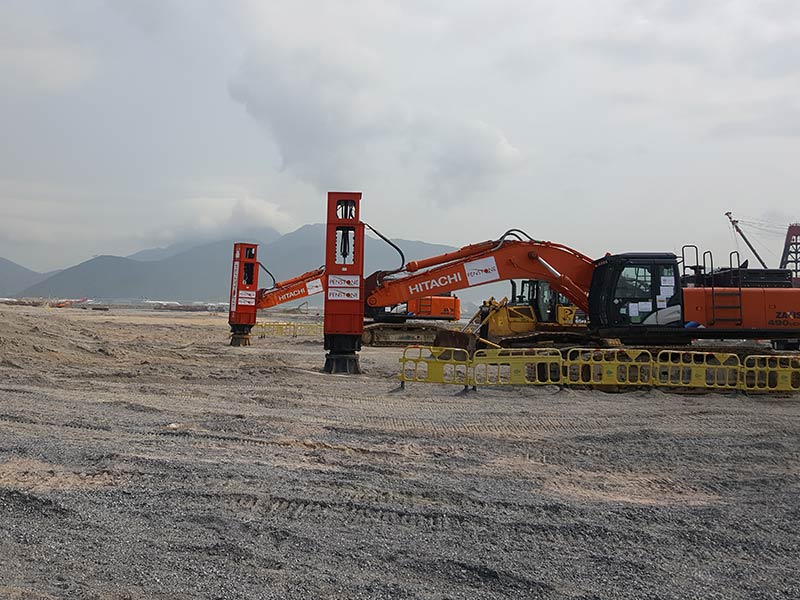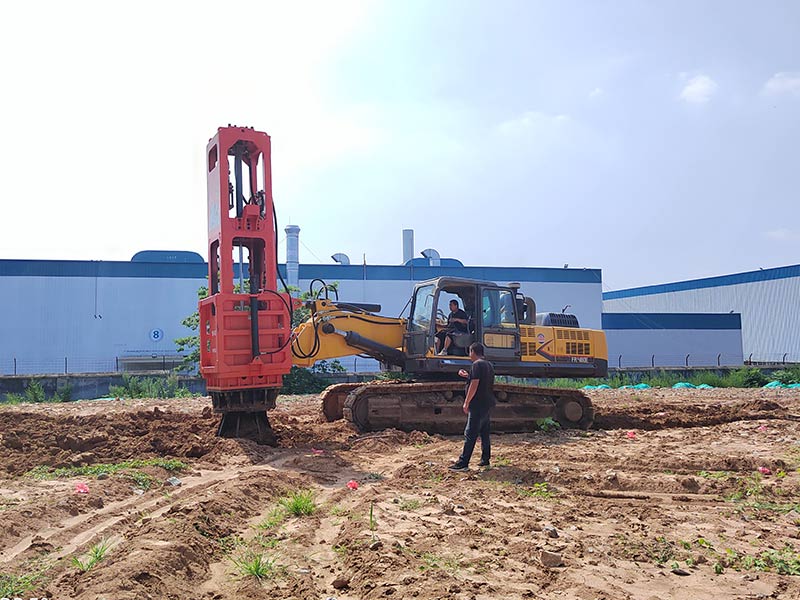Sands, gravels, silts, sandy clays, and debris fills have been successfully compacted with the rapid impact compaction.Usually not. A water table depth of 4 to 5 ft below the ground working surface is ideal when compacting clean sands and gravels.
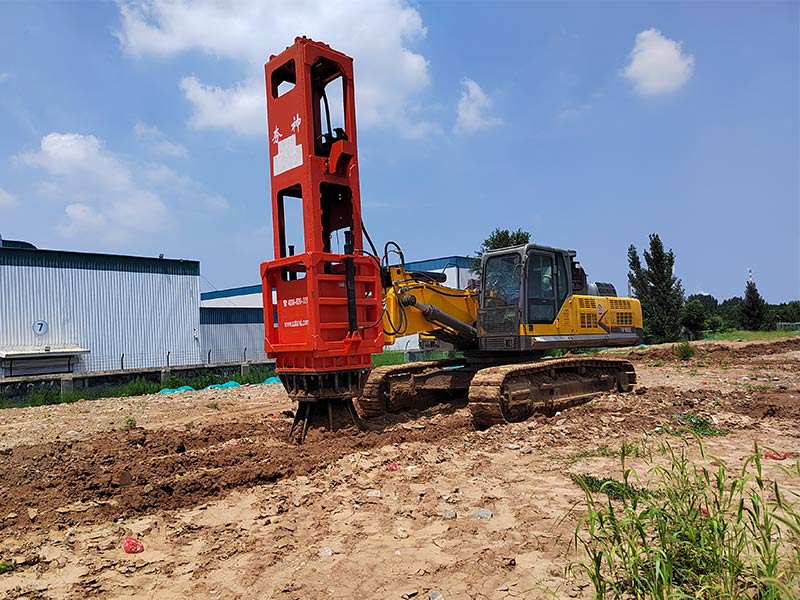
The RIC compactor is mounted on a excavator so that moving around the site is easy. The compactor consists of a 7.5-ton weight falling approximately 36 inches onto an anvil in contact with the ground at a rate of approximately 40-90 blows per minute thereby compacting approximately 800 sf of area per hour. Onboard diagnostics equipment allows the compaction effort to be stopped when optimum compaction has been achieved.
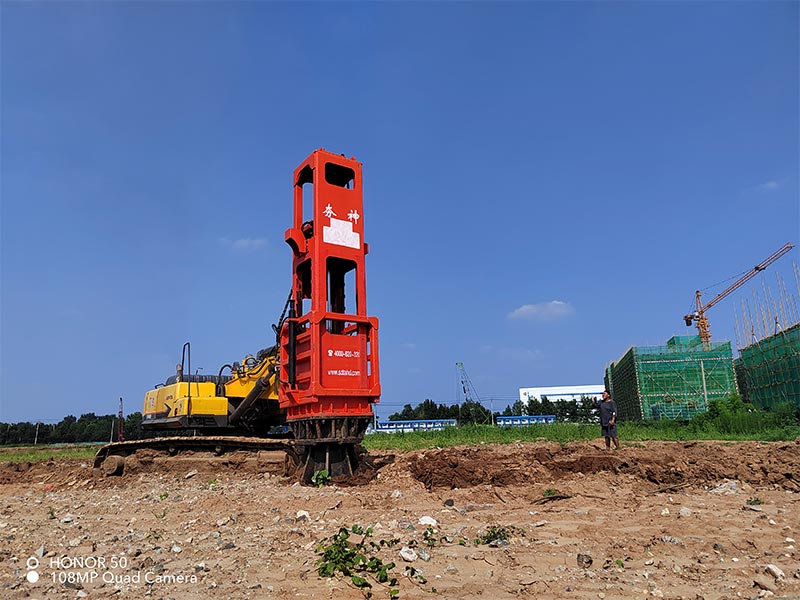
The RIC technology is the modern approach for compacting existing soils that would otherwise be excavated and compacted using a conventional roller compactor in layers of 15 to 30cm.
Energy is transferred to the underlying loose granular soils rearranging the particles into a denser formation. RIC can effectively densify up to 4-5m of soils without excavation, adding water or dewatering. It can also be used for fill compaction, which can place in bulk fill materials and compact it accordingly without adding any water.
For large infrastructure developments, RIC takes the lead due to its speed of execution that makes it much more cost effective than other alternatives.
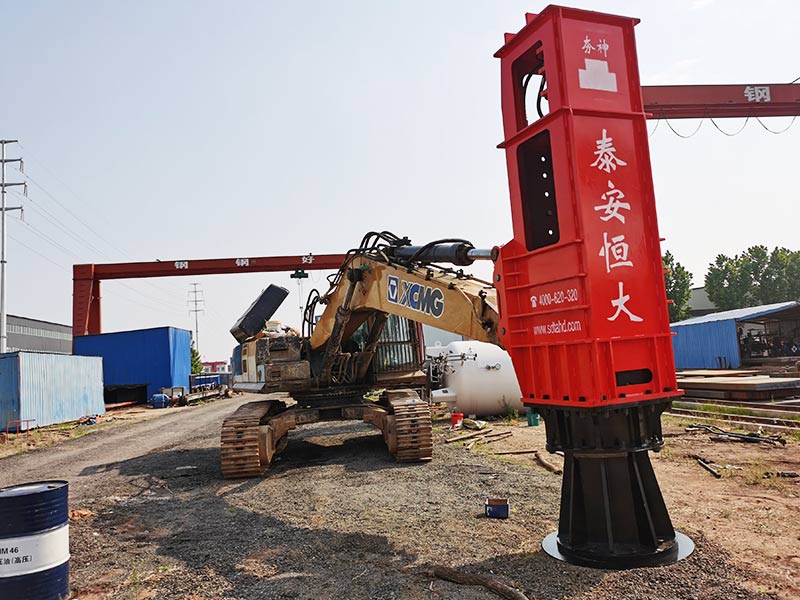
RIC is a technique allied to Dynamic Compaction that can be used to increase the bearing capacity of soils through controlled Impact. The treatment is effective in the top layers of soil, typically up to 6m depth, though improvements up to a depth of 9m have been seen in some conditions.
Drop weights of 10 tonnes are used on our HC150 machines respectively and are dropped from heights of 1.2m – 1.5m onto a special foot assembly at 30 – 80 times per minute. The foot remains in contact with the ground at all times.
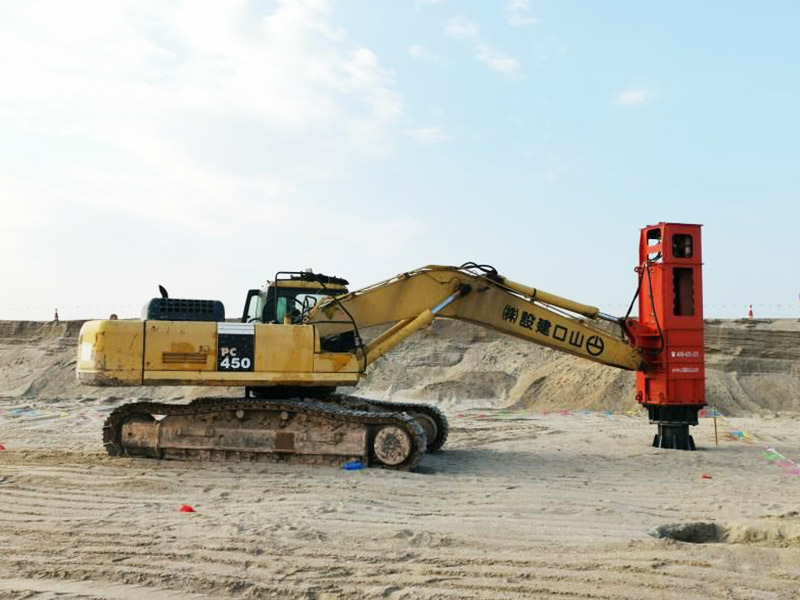
The Rapid Impact Compaction for the soil improvement uses a hydraulic hammer mounted on an excavator. The hammer with a weight ranging from 5 up to 12 tons is dropped freely from a height of 1.2 m on a large circular foot. Impacts repeated at a rate ranging from 40 up to 60 blows per minute plunge the steel foot creating a crater.
The control system installed in the operator’s cab allows for controlling the compaction process and recording the parameters such as impact energy or foot penetration. It can also be used to change the height from which the hammer is dropped.
The compaction in the RIC technology is usually preceded by creating a test plot where the compaction is performed for various spacing and rates of blows. Then, the local compaction of the improved soil is tested and the optimal grid spacing and the number of blows per one point is determined. Depending on the soils, the number of blows varies between 10 and 40 per one point.
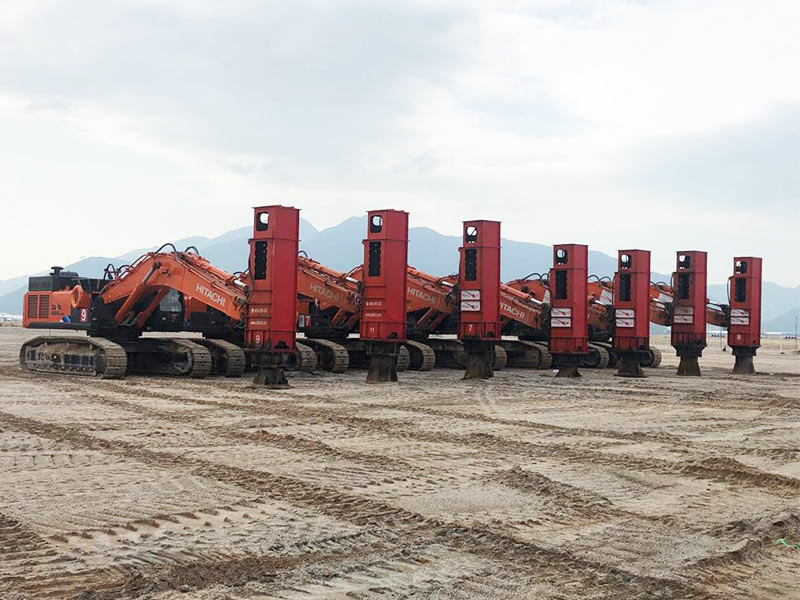
During the compaction of a location, the foot remains into contact with the soil. The impact of the hammer on to the foot initiates the compaction process. The movement of the foot into the ground, the heavy weight of the equipment and high energy transfer is also causing densification. The dense compaction grid ensures that a homogeneous compaction is reached throughout the area. This is caused because the impact locations are also affected by the compaction of nearby points which results in improving the overall performance.

 Current Position:
Current Position: 